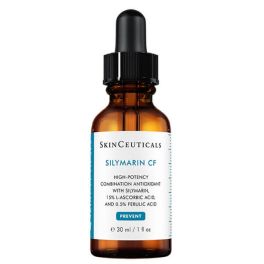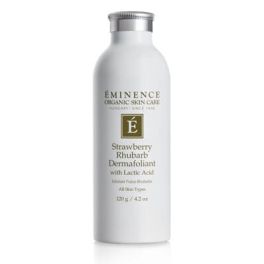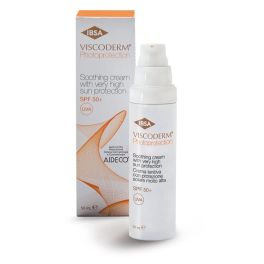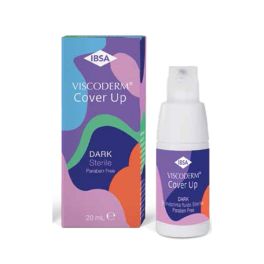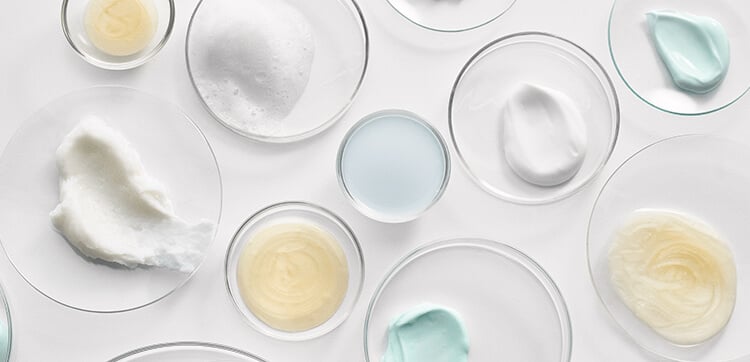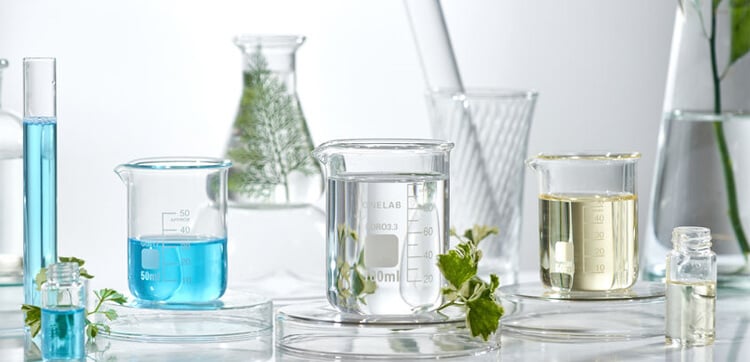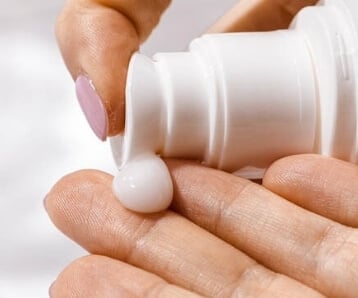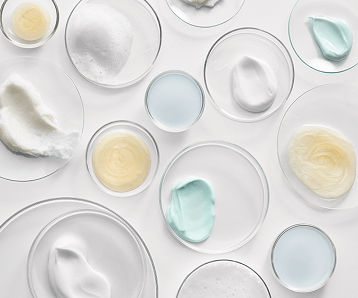Which Cosmeceutical Ingredient? Posted on 22 Jul 2011
Invest in a good skincare regime
Cosmeceuticals are professional skincare products, which bridge the gap between cosmetics and pharmaceuticals. Backed by science 'cosmeceuticals' provide the most effective active ingredients for improving the skin and treating skin conditions. They are used by skincare professionals, such as dermatologists, cosmetic doctors and nurses and aestheticians, in their practices. Skin can now be very effectively prevented from aging using the correct medically formulated skin care treatments at home. Advice from a skincare professional is recommended.
You may expect cosmeceuticals to be a lot more expensive than over the counter beauty creams, but while some carry a more expensive price tag, others are as affordable as high street products. It is better to invest in a good skincare regime than to spend hundreds on lotions and potions that do not work.
A good skincare regime should be matched to your age, skin type and the problem areas you would like to treat. For younger people, a preventative skincare routine is good to prevent premature ageing and sun damage. If your skin has already started to age, there are a variety of products that can help slow down the ageing process, minimise lines and wrinkles and even out skin tone. If you suffer from a specific skin condition, such as acne or rosacea, a variety of specialist skincare solutions are available.
The most well known anti-aging active ingredients are:
A powerful antioxidant treatment is the first and most important part of effective anti-aging skin care. Antioxidants prevent oxidative attack by reacting with and neutralising harmful particles within the skin called ‘free-radicals’ that cause premature aging. Antioxidants also have added benefits such as increasing collagen production by the fibroblast cells and inhibiting the formation of abnormal pigmentation. Sunscreen should be used every day to prevent UV rays from causing skin damage such as loss of elasticity, hyperpigmentation, rough texture and wrinkles.
Alpha Hydroxy Acids (AHAs) such as glycolic acid, lactic acid, mandelic acid are known to be extremely effective in increasing skin exfoliation and cell turnover increasing collagen and elastin production. AHAs have the added advantages of renewing the outer layer of dead skin cells by causing excess dead cell layers to be shed, increasing the level of hydration of the skin and reducing the appearance of abnormal pigmentation.
Beta-Hydroxy Acid (Salicylic Acid) are used in many products to treat acne. It penetrates pores and reduces blackheads and whiteheads, with less irritation than may occur with alpha hydroxy acids. Like AHAs, salicylic acid exfoliates the skin, which can reduce signs of aging. If you're allergic to salicylates (found in aspirin) or pregnant you shouldn't use salicylic acid.
Retinol (Vitamin A) known to dramatically improve the overall appearance of the skin by increasing collagen production at a cellular level, can improve a wide range of skin conditions, including signs of sun damage,aging and acne.
As we age our skin can become dry and dehydrated because of the natural oil (sebum) production and natural hyaluronic acid production in our skin dramatically diminishes. Sometimes, skin may be genetically dry, with naturally low levels of oil production and therefore will need extra help from a much younger age. You can find many products which contain hyaluronic acid an effective moisturising agent helping the skin retain moisture. Some of these types of products also have other beneficial ingredients.
Topical Growth Factors (TGF) are the latest trend in skin care. Growth Factors when applied topically to aging skin can speed cell turnover, increase skin thickness and restore luminosity. Natural growth factors like TGF can stimulate stem cells to damaged areas to reproduce and provide the necessary boost to repair the damaged cells, which results in new tissue and a decrease in the appearance of fine lines and wrinkles.













